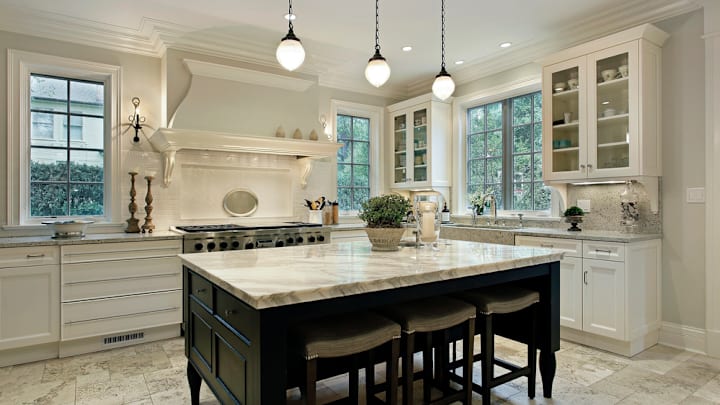The Invisible Power of Lighting: How to Transform Your Home Without Buying a Thing

You can clean your house top to bottom, rearrange furniture, and hang art like a pro—but if the lighting’s off, something still feels… flat. Lifeless. A little too harsh, or a little too gloomy.
Lighting is the secret ingredient that most people underestimate. It’s not just a tool to see—it’s a tool to feel. The difference between a cold room and a comforting one isn’t always color or clutter. It’s light. And the best part? You don’t need fancy equipment or a shopping spree to make it work for you.
Here’s how to harness the invisible power of lighting to completely shift your space—using what you already have.
1. Play With Direction, Not Brightness
When people want a brighter room, they usually reach for a higher wattage bulb. But here’s the twist: it’s not more light you need—it’s better placed light.
Try this:
Angle a lamp toward a wall instead of the center of the room. It’ll bounce soft light back and give a glow, not glare.
Use lower lights (table lamps, floor lamps) instead of relying on overheads. Light from below or the side feels warmer and more natural, like sunlight at golden hour.
2. Embrace Layered Lighting
Think of your lighting like clothing. A single outfit isn’t complete without layers. A room with one overhead light is like going out in only socks—technically functional, but missing something essential.
Add layers using what you already have:
Candles near corners or on bathroom counters.
Fairy lights wound loosely around a mirror or plant.
Desk lamps moved to unexpected spots (even on the floor behind furniture).
Layered lighting adds depth. And depth adds life.
3. Let Shadows Exist
Not every corner needs to be lit. Shadows give shape to your space. They create mystery, softness, and contrast. In fact, sometimes the most beautiful parts of a room are the ones that aren’t fully visible.
Light the parts you want to highlight—let the rest fade gently. It gives the space breathing room. Don’t be afraid of a little darkness.
4. Use Natural Light Like a Mood Board
Sunlight shifts color throughout the day. Morning light is blue-tinted and alert. Afternoon light is golden and sleepy. Evening light fades warm and soft.
Notice when your space looks its best naturally, and let that timing guide your activities:
Mornings? Work near the brightest window.
Late afternoons? Set your favorite chair there and let it cradle you in glow.
Evenings? Let dimness arrive slowly—don’t flip on all the lights at once. Let the night ease in.
Let the light tell you what your space is asking for. It knows.
You don’t need to redecorate to feel different in your space. Light is already there, waiting to be shaped.
Shift a lamp. Light a candle. Open a curtain. Turn something off for once. Watch how quickly your home responds—not with noise, but with feeling.
Because when light is intentional, home becomes more than a place. It becomes an experience.